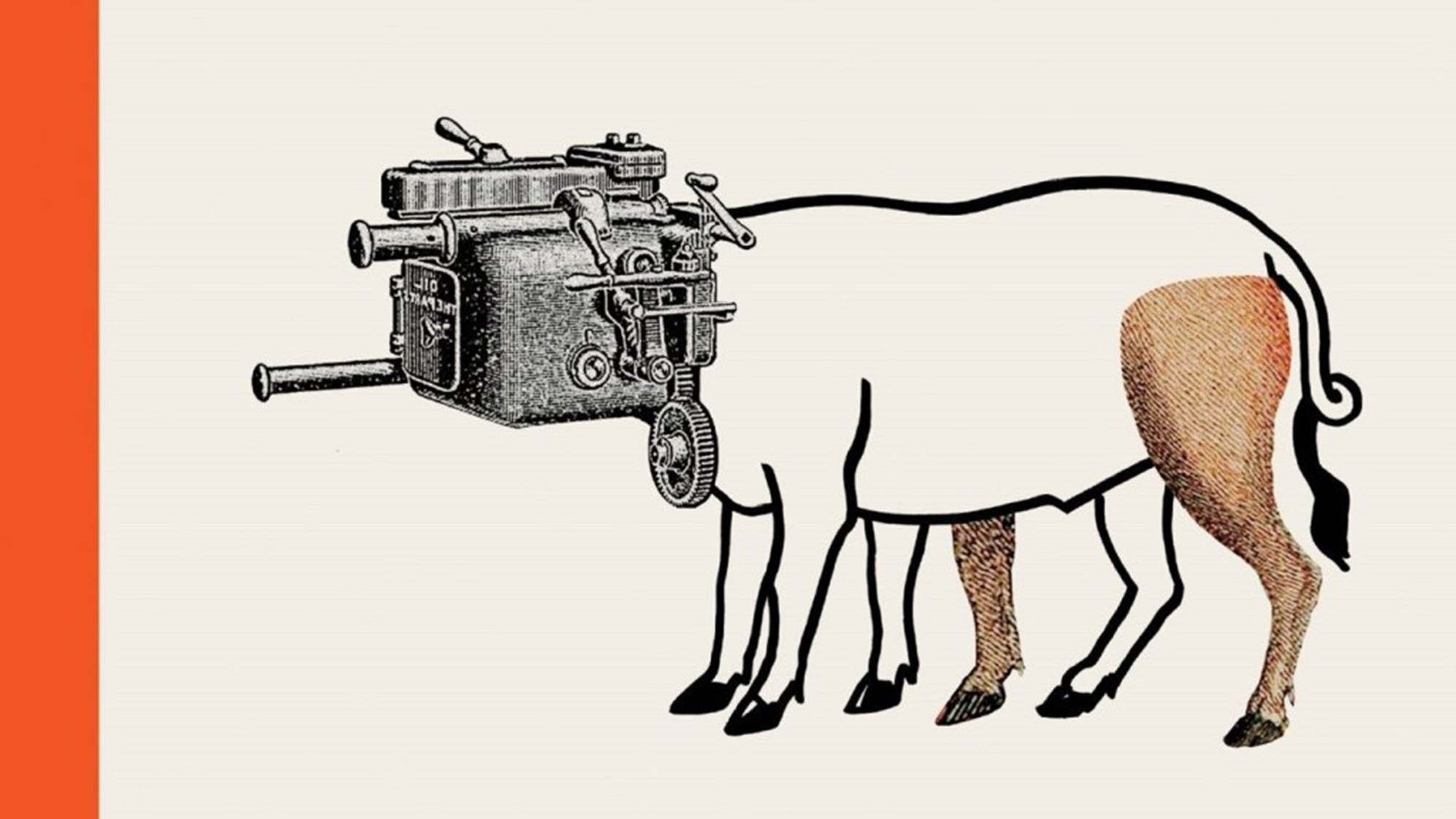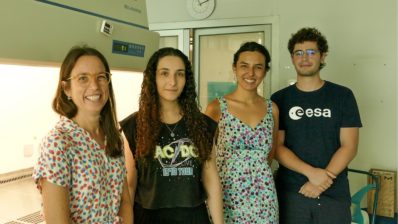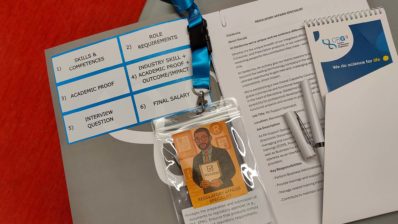In his latest book, ICREA researcher Ricard Solé, head of the complex systems lab at the Institute for Evolutionary Biology (IBE: CSIC-UPF), invites us to explore the area separating fiction from science, reaching out to the impossible in order to understand the possible.
In a voyage from Turing and the first computers to the genetic code, from Schrödinger’s cat and quantum mechanics to the myths and legends of mermaids, through Monsters Inc. and other incursions into film and literature, Solé tries to figure out the limits of diversity, of the creative ability of living matter. The author imagines a parallel evolution, different from our reality, and guesses at a potential new genetic code, a new repertoire of amino acids that could create other living beings, and concludes that the current systems are optimal, and that parallel life (or that on other worlds) would follow the same basic design as found on our planet.
In this book, Solé tries to figure out the limits of diversity, of the creative ability of living matter.
But his questions are not limited to the various forms that life could take; could there have been different civilisations to those we have known? Could there be parallel universes with more than three spatial dimensions, or more than one time dimension? Is there a different form of intelligence to ours? Could machines create art like Van Gogh?
The physicist concludes there are “blank spaces on the ‘map of the possible’ that no-one has ever accessed.” Maybe in a few years Solé will give us a sequel answering these questions… and posing new ones.







